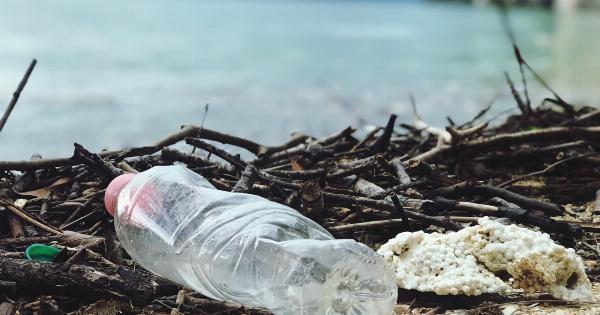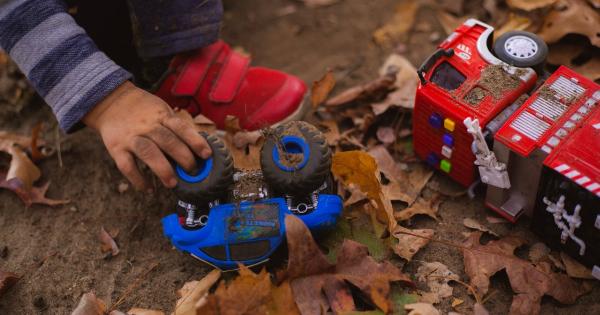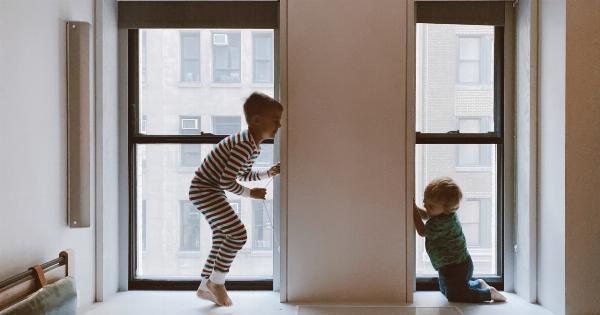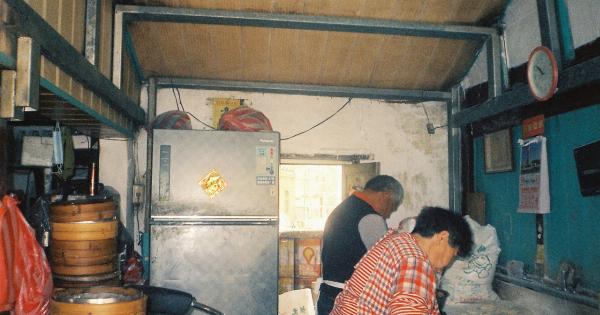Child safety is a priority for every parent. Parents want to keep their children safe and secure from all harm, but this can be challenging.
With the vast number of products available in the market for children, it is impossible to keep track of all the dangers that exist. Fortunately, product restrictions help mitigate the risks. In this article, we will discuss the product restrictions that are in place to protect children.
Child Restraints in Cars
Child restraints are mandatory for all children under the age of ten when traveling in cars. They must travel in a child restraint appropriate for their age and size. The type of restraint depends on the child’s weight and height.
The restraints should comply with the Australian/New Zealand Standard AS/NZS 1754 and be correctly installed and adjusted. Child restraints protect children in the event of a crash by reducing the likelihood of serious injury or death.
Toys
Toy safety is regulated in Australia by the Australian Competition and Consumer Commission (ACCC). The ACCC enforces mandatory product safety standards for toys.
These standards ensure that toys sold in Australian shops are safe to play with and do not harm children. The standards cover items such as flammability, choking hazards, and toxic substances, among others. Parents must ensure that the toys they buy for their children comply with these standards and are age-appropriate.
Bunk Beds
Bunk beds are a popular choice for families with children, especially those with limited space. They can be dangerous, however, if not used correctly. In Australia, bunk beds must comply with the mandatory safety standard for bunk beds (AS/NZS 4220).
The standard sets out the minimum requirements for bunk bed safety, including the distance between the top of the bottom bunk and the ceiling, the height of the guardrail, and the minimum thickness of the mattress. Parents should follow the manufacturer’s instructions when assembling bunk beds and ensure that only children six years and older use the top bunk.
Blinds and Curtains
Blinds and curtains are not toys, but they can pose a danger to children, particularly those under the age of three.
Cords and chains used to raise and lower blinds and curtains can become entangled around a child’s neck, causing suffocation or strangulation. To prevent these accidents from happening, the ACCC has enacted mandatory safety regulations for new blinds and curtains sold in Australia.
The new safety standards require that cords and chains must be made inaccessible, or if they cannot be made inaccessible, they must have tension devices to prevent loops from forming. Parents should check their existing blinds and curtains to ensure that they comply with the new safety standards.
Cots
Cots are the most common place for infants to sleep. They should be safe, sturdy, and have no sharp edges or corners. The Australian/New Zealand Standard AS/NZS 2172:2003 sets out the mandatory safety requirements for cots.
The standard covers the size of the cot, the distance between the bars, and the mattress’s thickness. Cots must also comply with a voluntary standard for drop-side cots, which are designed to allow the side of the cot to move up and down.
Parents should follow the manufacturer’s instructions when assembling cots and check that they comply with the safety standards.
Playpens
Parents use playpens to create a safe, contained space for babies and young children to play. Playpens must comply with the mandatory safety standard AS/NSZ 2195.
The standard requires that playpen panels must be sufficiently rigid to prevent children from climbing over, the playpen must have locking devices to ensure that it cannot fold accidentally, and the corners must be rounded. Parents should ensure that the playpen is set up correctly and follow the manufacturer’s instructions when using the product.
Bouncing Castles
Jumping castles or bouncing castles are a popular choice for children’s parties and events. They can pose a danger to children if not used correctly, however.
The ACCC has enacted mandatory safety requirements for bouncing castles, commonly referred to as inflatable amusement devices. The standard covers areas such as the maximum wind speed at which the device can operate, the requirements for blowers and fans, and testing. Parents should ensure that the bouncing castle they hire or purchase meets the mandatory safety requirements.
Chairs
Chairs can pose a danger to young children if they are not designed for young children’s use. Children can fall or tip over in adult-sized chairs that are not designed for children.
There is no mandatory safety standard for chairs in Australia, but manufacturers must ensure that their products are safe for use. Parents should ensure that their children use chairs that are appropriate for their size and age or supervise their children if using adult-sized chairs.
Trampolines
Trampolines are popular with children and can provide hours of entertainment, but they can be dangerous. The Australian/New Zealand Standard AS/NZS 4989:2021 sets out the mandatory safety requirements for trampolines.
The standard covers areas such as the maximum height of the trampoline, the padding on the frame, and the trampoline’s enclosure. Parents should ensure that the trampoline they purchase complies with the safety standards and supervise their children when using the equipment.
Metal Jewellery
Metal jewellery can be dangerous for young children if it is swallowed or inserted into their nose or ears. Ingested metal jewellery can cause injury or require surgical removal.
The ACCC has mandated that all metal jewellery sold in Australia must comply with the mandatory safety standard for children’s items containing lead and other elements. The standard sets limits on the concentration of harmful elements, including lead, in children’s jewellery. Parents should check for compliance with the standard when purchasing metal jewellery for their children.
Conclusion
Product restrictions play an important role in protecting children from harm. Parents should be aware of the mandatory safety standards that apply to the products they purchase for their children and ensure that they comply with the regulations.
Following the manufacturer’s instructions when assembling or using a product is critical to the product’s safety. Parents can play an active role in keeping their children safe by carrying out regular checks on the products they use and remaining vigilant when their children are playing or using equipment.






























